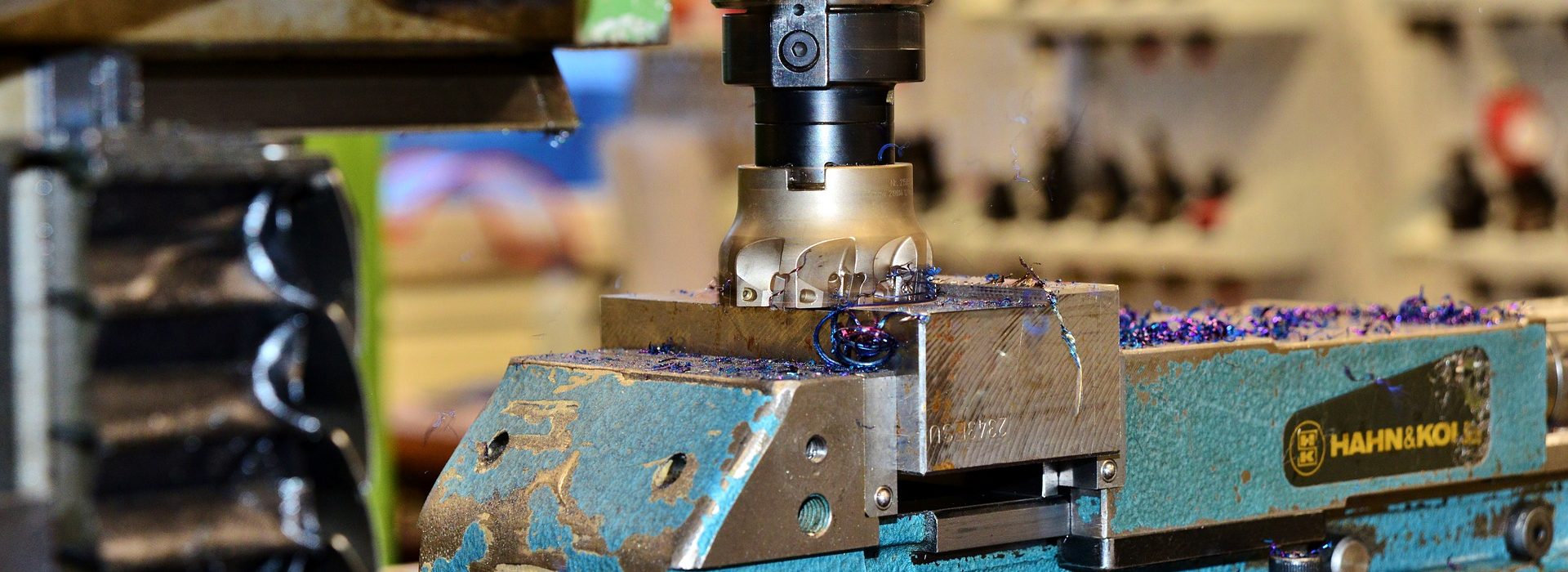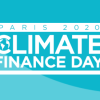
Change your company/organisation’s strategy
Targeting change at a strategic level will often allow your actions to have more significant and sustainable effects in protecting the climate and the environment.
1. A key question to get you started
2. Some illustrative ideas*
3. General approaches*
4. Potential accelerators *
*NB: Further materials will be added to these sections in the future. Come back and check them regularly.
1. A key question to get you started
Does your professional activity (the sale of your products/services) bring your company closer to carbon neutrality and help build a more sustainable world (widespread employment, limited use of resources, reducing pollution, etc.)?

Students ask their future employers a number of questions, which could help you understand the challenges facing your organisation and structure your working groups.
2. Des idées illustratives
For finance
- What does the funding you are about to grant contribute to? What ecological, environmental and human effects will it have? Will it go towards developing an activity that accelerates global warming and damage done to the environment or will it serve to reposition an activity to limit its environmental impact?
- Does this project contain any measures to respond to climate and environmental issues? What are they? Are they sufficient in view of current global stakes?
- If you were to conditionally approve the project, to which changes should you attach these conditions to guarantee that the project will account for and respond to climate and environmental issues?
- What kind of checks should you agree on to make sure that these changes will be implemented?
- In cases of limited funding capacity, choose to fund projects that are positive for the planet and all life on Earth.

An assessment of the climate action undertaken globally by public and private actors in the financial sector in their role

Climate Finance Day is an international event that has been taking place every year since 2015. It brings together major international finance actors to engage in discussion and find financial solutions to global warming.

Finance for Tomorrow is the Paris EUROPLACE branch dedicated to making green and sustainable finance a driving force of the Paris stock exchange.
For consultancy
Beyond consulting firms actively working in the environmental or energy sector, other consulting firms specialised in market analysis, development strategy, M&A management or organisational performance, amongst others, must reflect and implement specific proposals regarding the environmental impact of the activities they are helping to develop.
Key questions and avenues to explore:
- Does your consulting activity help to improve the efficiency and overall performance of companies/organisations that contribute to global warming and to the destruction of our environment and biodiversity? What human impacts will your activity have?
- Include information on current global stakes in your work.
- Only provide advice that would encourage your clients to reposition their activity in ways that really take global environmental issues into account. Do so at every level on which you are consulting (strategy, management, market research, product development, communications, etc.).
For industry
Indeed, clothing, for example, is necessary to a good standard of living. Constantly promoting new collections to incite customers to buy more and stop wearing perfectly serviceable clothes is not. In fact, it contributes to ecosystem destruction and global warming.
Key questions and avenues to explore:
- What is the purpose of the product you help to produce and sell?
- How can we design it differently to make its ecological, environmental and human impact as low as possible? How can we reimagine its use to make it as low-impact as possible?
- If it really contributes to a good standard of living, is it necessary to push people to buy it? Would it be better for the planet to rent it out, to produce fewer of it and maximise its use? How would this impact the environment and biodiversity? How would this impact you company/organisation’s business model?
- Are you giving consumers all the necessary information regarding your product’s ecological and environmental footprint? Are you educating and training them to limit the product’s ecological impact during use? Do they have access to information and instructions on how to prolong and optimise the product’s lifespan? Do they have access to necessary spare parts?
- If the product does not truly contribute to a good standard of living on a sustainable planet, stop selling it. Sell fewer products, but make them higher quality, better for you, for everyone, for the planet and biodiversity.
- If your activity as a whole is not compatible with keeping global warming under the 2°C threshold, what skills could we redirect to positively impact life on Earth? You can call on the Alumni for the Planet community to help find promising ideas for your activity.
For services
Your company/organisation offers services. Both the production and the use of this service will have an ecological, environmental and human impact. It is important to be aware of these impacts and to reflect on the purpose of these services and/or of their increased production.
Key questions and avenues to explore:
- What is the purpose of the service you help to produce and sell? Is it really useful for a good standard of living on a sustainable planet? Does it have a place in the simple, sustainable society we are seeking to build? Should we keep or discard it?
- If it really contributes to a good standard of living, how can we design it differently to make its ecological, environmental and human impact as low as possible? How can we reimagine its use to make it as low-impact as possible?
- Are you giving consumers all the necessary information regarding your service’s ecological and environmental footprint? Are you educating and training them to limit the service’s ecological impact during use?
- If the service does not truly contribute to a good standard of living on a sustainable planet, stop selling it. Sell fewer services, but make them higher quality, better for you, for everyone, for the planet and biodiversity.
- If your activity as a whole is not compatible with keeping global warming under the 2°C threshold, what skills could we redirect to positively impact life on Earth? You can call on the Alumni for the Planet community to help find promising ideas for your activity.
For media
The media industry has a strong impact on public knowledge and awareness. It can help to create a better future for all of humanity on a viable planet, or it can do the opposite. It has a double role, since it not only creates content, but hosts advertisements, which also have an impact.
Key questions and avenues to explore:
- Do you provide information to the public regarding climate and environmental issues? Do you give a platform to experts, allowing them to popularise these issues? How often? Are both the platform and the frequency at which you give it commensurate with the scope of these issues?
- Are the people around you educated on these issues and trained to speak on the topic and integrate this aspect in their daily information or entertainment work?
- Are you keeping the public apprised of the actions they could take to effect change? Are you propagating the idea of responsible consumption, according to which every penny we spend can either fund a sustainable planet for all or fund negative impacts on the climate, the environment and all human beings?
- Is the central purpose of your media product/platform compatible with global environmental stakes? Does it aim to promote overconsumption and temporary trends? If not, how much of its content still embraces that goal and how can you transform it into accurate and reliable information?
- Do you follow the “name and fame” principle in spotlighting actors of change, thereby helping your audience to redirect their necessary purchases towards these actors?
- Are the advertising spots you accept coherent with sustainable goals? If not, should you keep them? What conditions can you impose (include an announcement of the environmental impact of the promoted products, etc.)?
- Many media platforms experience a dependency vis-à-vis their advertisers: how can you develop a new business model that rebalances that relationship? Could you turn to advertisers who have implemented a strong response to climate and environmental issues? How to make your platform attractive to this brand of advertisers?
- How to use pre-existing elements to transform awareness and action (for example, using successful cooking shows that are currently airing to educate the audience about seasonal produce, the importance of buying locally, cooking with leftovers, etc. NB: this idea was born of a collective intelligence session organised by “Soyons le changement maintenant!”)?
3. General approaches
Product lifespan and durability
The linear production model (extract, produce, consume, discard), which has largely predominated since the industrial revolution, is not viable on the long term. Its ecological impact – resource use, greenhouse gas emissions, pollution, increasing scarcity of raw materials – is extremely severe. Therefore, extending the lifespan of the products that we make and consume can be an interesting avenue to reduce the environmental impact of a company’s value chain.
A few ideas and questions:
- Switching from planned obsolescence to guaranteed durability: ensure necessary quality standards throughout the manufacturing process to allow the products sold by your organisation to achieve the highest quality and longest lifespan possible.
- What measures are currently in place to ensure after-sales support for your product: maintenance, repairs, educating users, etc.?

To successfully extend a product’s lifespan, the ADEME recommends:
- Increase the product’s durability: its quality, ability to be fixed, modularity, compatibility with other systems, and ability to evolve;
- Provide consumers with reliable information on a product’s lifespan;
- Raise awareness and encourage the public to consume more responsibly, according to their real needs, to maintain their purchases and to avoid temporary trends that encourage them to prematurely replace their belongings;
- Optimise use (collective consumption, shared use, etc.) and promote re-use.
4. Potential accelerators
Measure the impact my organisation has on its environment
Define ambitious targets
Your organisation can commit to respecting global limits and working towards a net-zero impact on the environment throughout its value chain (direct and indirect impacts). You could, for example, suggest meeting the Science-Based Targets (SBT) as a first step. This would certify that your organisation is on a medium-term trajectory that is compatible with the Paris Agreement.
Open governance to stakeholders
Companies should encourage all their stakeholders, including employees, clients, supplies, local communities and the wider society, to engage in creating sustainable and shared value. This co-construction involving all stakeholders is now necessary to ensure that companies, especially largescale ones, have an enduring future. This is a multi-level endeavour, from initiating a discussion with all stakeholders when implementing a project to creating stakeholder committees to liaise with Executive Management.
